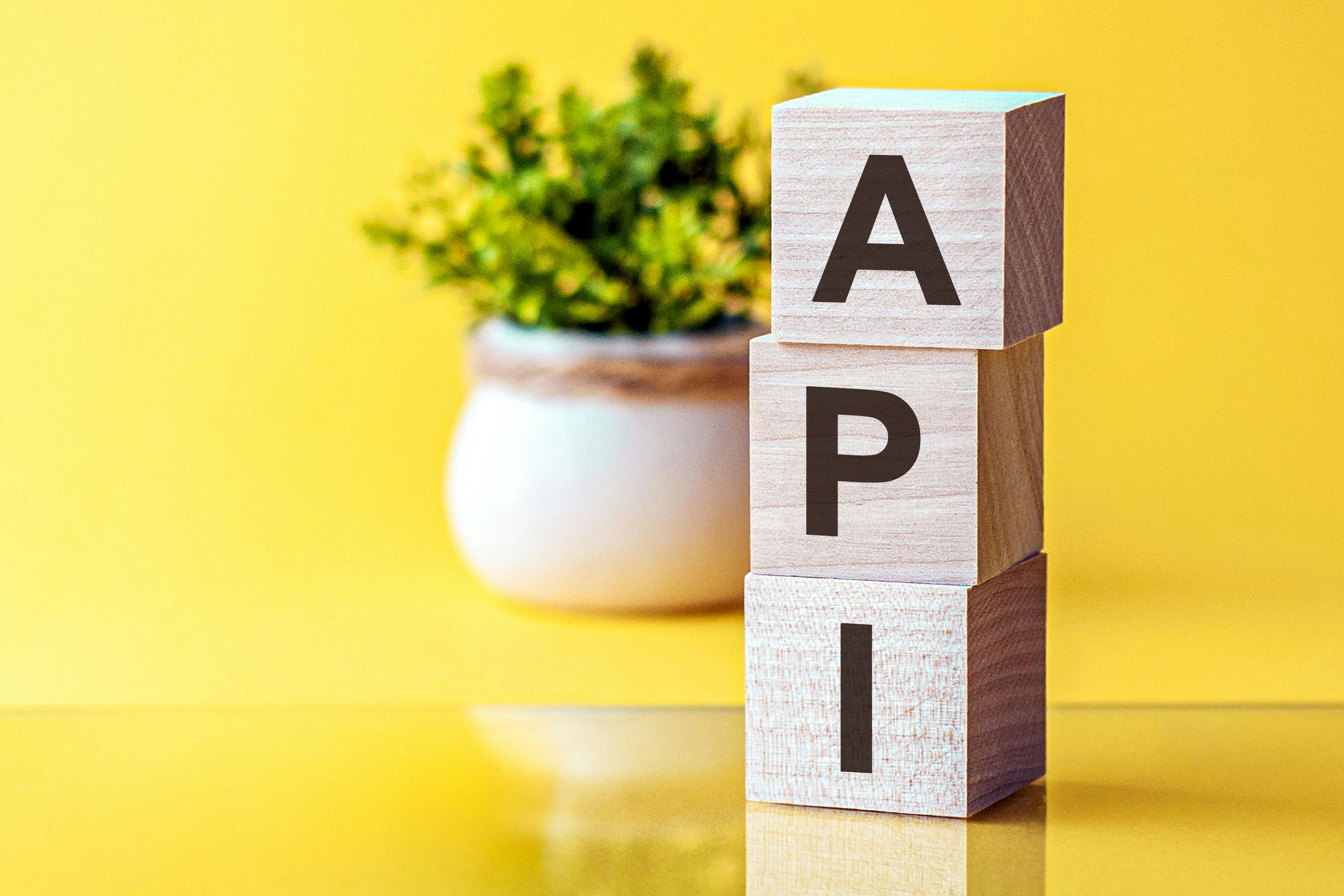The Advantages of Microservices with GraphQL in E-Commerce

Daniel Kolb

The meaning of Microservices and GraphQL
We’ve all heard of the term Microservices before. It’s been part of the E-Commerce international world for quite some time. Microservices have even gained a bit of a reputation for being extremely useful through trial and error all over the world. A bit of an upgrade can be made using GraphQL, a newer technology in comparison to Microservices. With GraphQL one can link the API requests so that the microservices can be implemented much faster and a lot more efficiently. It is with this in mind that we’d definitely recommend taking the time to understand and incorporate the vast functionality of GraphQL if you want to tackle the next E-Commerce project based on microservices. Since complex data structures are common in E-Commerce, we see a great and important opportunity for the application of GraphQL with Microservices.
What are microservices and GraphQL?
In a microservices software architecture, software consists of a large number of small building blocks that are structurally separate from one another and can theoretically be used independently of one another. So instead of packing a product catalog, user administration, product search, etc. into one large program in a web shop, each relevant function is written as its own small piece of software with microservices, to put it simply. (this is not a simple idea so feel free to read those two sentences at least another five times before you get it, that’s how we felt when we first started learning about microservices and GraphQL). Now, the advantage is that small changes and improvements to the product can be made quickly and securely by independent teams and in isolation – which is why companies like Netflix and Spotify have relied on microservices for years.
Microservices (e.g. product management and search) communicate with each other in this architecture via their APIs. REST APIs are still popular today, which leads to a fairly complex implementation of these microservices, since information often has to be obtained from many different resources / "database tables" with references / "cross-references".
What is GraphQL? What are the benefits of GraphQL?
With GraphQL (originally developed by Facebook), the above-mentioned communication process between the individual APIs is incredibly simplified – to the extent that it often hardly requires any additional effort to choose an architecture based on microservices instead of a monolith. If a GraphQL server is used, as a developer you can simply write all the desired fields in a single request and you will receive exactly the information you need in response – in a modern JSON format.
On the other hand, with a REST API, numerous requests are often made one after the other and linked manually by the developer. For example, you first have to search for a product ID in the product table and then look up the net price for this product ID in a second table. The respective tax rate and the first product image are then found in a third and fourth table. In the fifth table you can find out what other product images there are and in the sixth table you get a short description with reference to the language in the seventh table. We’re getting into the nitty gritty here but it’s a great demonstration of how this little game could go on for a very long time. All of these requests are combined into a single request in GraphQL. This not only saves you time and money as a developer, but also often puts less load on the server. Complex REST-API structures are particularly common in E-Commerce, which is why GraphQL can shine particularly well here.
Which shop systems use microservices?
Almost all shop systems are built as monoliths. Shopify is a SaaS solution. They offer an excellent API, which Shopify already has as a GraphQL variant – Thanks to this, as a developer, you can implement a microservice approach in Shopify projects very easily.
Microservices with GraphQL – Any questions?
Does the amazing potential of microservices with GraphQL in E-Commerce sound interesting to you and you would like to benefit from these technologies with your online presence? If you have any questions about this, please feel free to contact us. Please send us an email to hello@especial.digital or contact us via our contact form.
Found this helpful? Share this post with your colleagues and friends

Daniel Kolb
Product Development @ EspecialCONTACT
Would you like to know more?
Let us help you!